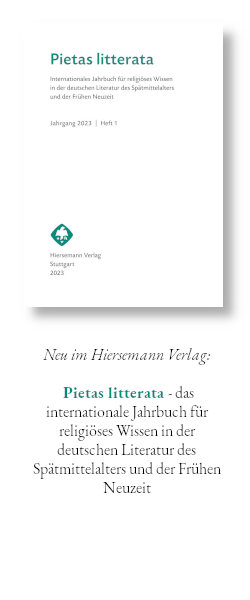Sélection et popularité des auteurs dans les universités médiévales
Schlagworte:
Faculty of arts, natural philosophy, manuscripts, glosses, commentaries, manualsAbstract
Olga Wejers: Selection and popularity of authors in the medieval universities.
This paper examines how the new authors whose works were taught in the university were selected and why some were more popular than others, mainly in the field of the faculty of arts. The massive arrival of totally new texts (Aristotle, Avicenna, Averroes, etc.) was welcomed and acclaimed, because they opened up new fields of knowledge. However, some of them became more popular than others, for instance Aristotle’s treatise ‹De anima›, because it offered a whole new system of the science of living beings. The number of manuscripts as well as the glosses showing their use can give us an idea of the degree of popularity of the various texts. The examination of manuscripts at the BnF (Paris) containing collections of Aristotelian texts on natural philosophy shows that the ‹Physica›, ‹De anima› and the ‹Parva naturalia› were much more studied than other texts. It seems that at the arts faculty the basic texts have imposed themselves rather than having been selected. Among the commentaries written by the masters some became more popular than others, for instance the commentary on the ‹De anima› by Adam of Bocfeld, because it presented a convenient synthesis of Aristotle’s thought. Some handbooks and compendia had an immense and immediate success, as the logical handbook called ‹Tractatus› of Peter of Spain and the astronomical treatise ‹De sphera› of John of Sacrobosco.


